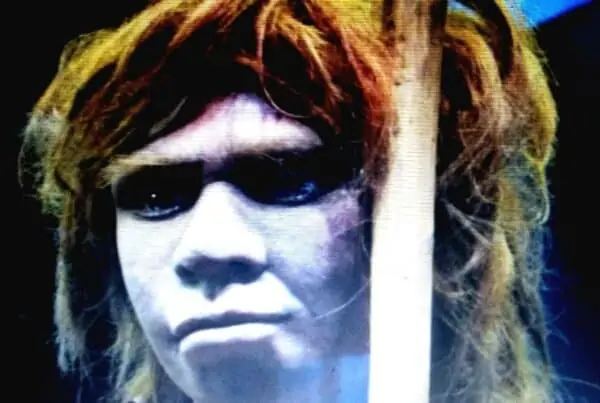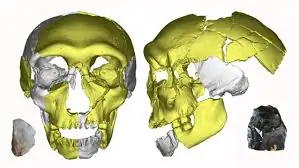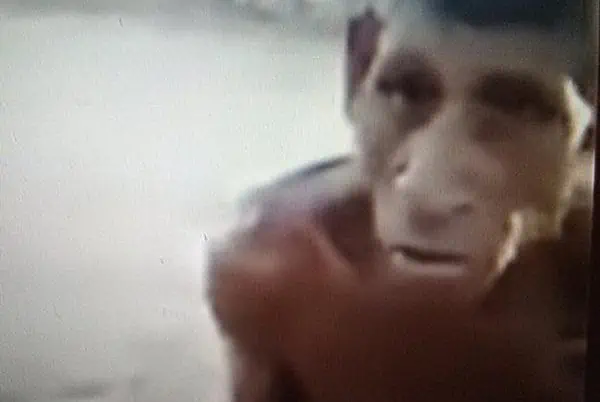Tocantins Man of South America may not be Homo erectus as he was originally identified by Tiktok users
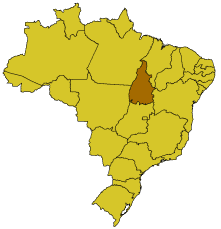 Homo erectus man as originally believed, or from another relic species?
Homo erectus man as originally believed, or from another relic species?
In 2019, local TikTok users in northeastern Brazil released a video of a relative who has distinct morphological features. The description that was on Facebook, which has since been taken down, listed the location as the Brazilian province of Tocantins. He was dubbed “Homo erectus man.”
The TikTok video got over 1.6 million views when it first came out in 2019. Some relatives in the small village in the Tocantins province took a short video of him dancing to modern music. They called him “Homo erectus man.” The nickname took off. Now a Google Search will bring up “Living Homo erectus man.” But newly released DNA data shows, he may not be Homo erectus at all, but rather a modern archaic human with a high percentage of Denisovan DNA.
Merely a case of microcephaly?
Another theory, he was just a case of Microcephaly. From the Mayo Clinic:
Microcephaly (my-kroh-SEF-uh-lee) is a rare neurological condition in which an infant’s head is much smaller than the heads of other children of the same age and sex. Sometimes detected at birth, microcephaly often occurs when there is a problem with brain development in the womb or when the brain stops growing after birth.
Microcephaly can be caused by a variety of genetic and environmental factors…
It now appears the man with the archaic morphology from Brazil, may have Denisovan DNA
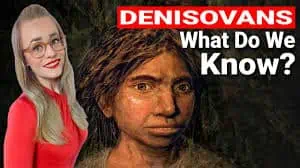 Now new genetic evidence strongly suggests he’s got Denisovan DNA admixture. The archaic Denisovan DNA likely came from the island of Java 50,000 to 100,000 years ago. Denisovans and Homo erectus occupied the island at the same time.
Now new genetic evidence strongly suggests he’s got Denisovan DNA admixture. The archaic Denisovan DNA likely came from the island of Java 50,000 to 100,000 years ago. Denisovans and Homo erectus occupied the island at the same time.
Polynesian seafarers who crossed the South Pacific very likely carried that Denisovan/Homo erectus admixture with them. And now it’s showing up in the modern Brazilian population.
South America tribes today have a shocking amount of Denisovan DNA. How did it get to South America? A new study says Polynesians made it all the way to South America and sexually introgressed with the indigenous tribes. Another study suggests introgression happened on Easter Island. Mummy DNA from the region confirms the Denisovan DNA.
 An increasing body of archaeological and genomic evidence has hinted at a complex settlement process of the Americas by humans. This is especially true for South America, where unexpected ancestral signals have raised perplexing scenarios for the early migrations into different regions of the continent.
An increasing body of archaeological and genomic evidence has hinted at a complex settlement process of the Americas by humans. This is especially true for South America, where unexpected ancestral signals have raised perplexing scenarios for the early migrations into different regions of the continent.
Here, we present ancient human genomes from the archaeologically rich Northeast Brazil and compare them to ancient and present-day genomic data. We find a distinct relationship between ancient genomes from Northeast Brazil, Lagoa Santa, Uruguay and Panama, representing evidence for ancient migration routes along South America’s Atlantic coast.
To further add to the existing complexity, we also detect greater Denisovan than Neanderthal ancestry in ancient Uruguay and Panama individuals. Moreover, we find a strong Australasian signal in an ancient genome from Panama…
Early Polynesians may have carried high Denisovan DNA percentages to South America
A co-author of the paper, Professor Michael DeGiorgio of Florida Atlantic University offers further explanation of the findings. From Eureka Alert, Nov. 2022:
 “Our study provides key genomic evidence for ancient migration events at the regional scale along South America’s Atlantic coast,” said Michael DeGiorgio, Ph.D., co-corresponding author who specializes in human, evolutionary, and computational genomics and is an associate professor in the Department of Electrical Engineering and Computer Science within FAU’s College of Engineering and Computer Science.
“Our study provides key genomic evidence for ancient migration events at the regional scale along South America’s Atlantic coast,” said Michael DeGiorgio, Ph.D., co-corresponding author who specializes in human, evolutionary, and computational genomics and is an associate professor in the Department of Electrical Engineering and Computer Science within FAU’s College of Engineering and Computer Science.
